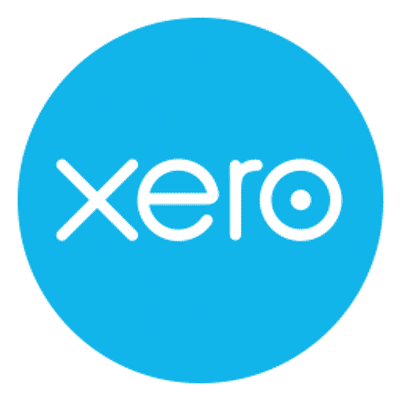Reach Accountant is a Accounting Software. Reach Accountant offers Accounts Receivable, Bank Reconciliation, Billing and Invoicing, Expense Tracking, Payroll and many more functionalities.
Some top alternatives to Reach Accountant includes Quickbooks, Xero, Freshbooks, Sage Accounting (Sage One) and Munim.
Yes, Reach Accountant provides API.
No, Reach Accountant doesn't provide mobile app.
Reach Accountant is located in Chennai, India
Reach Accountant offers Subscription pricing model
The starting price is not disclosed by Reach Accountant. You can visit Reach Accountant pricing page to get the latest pricing.







/logo_1622728934.296577.png)







